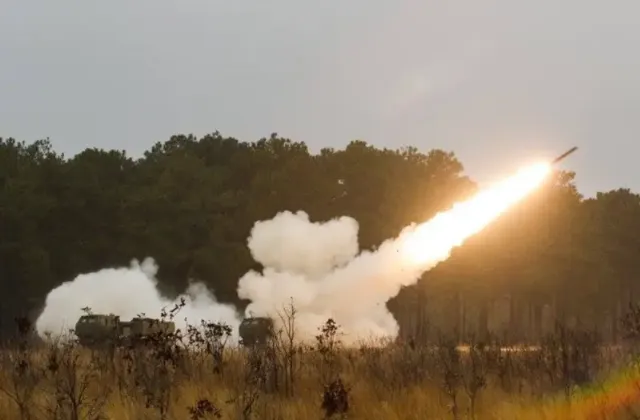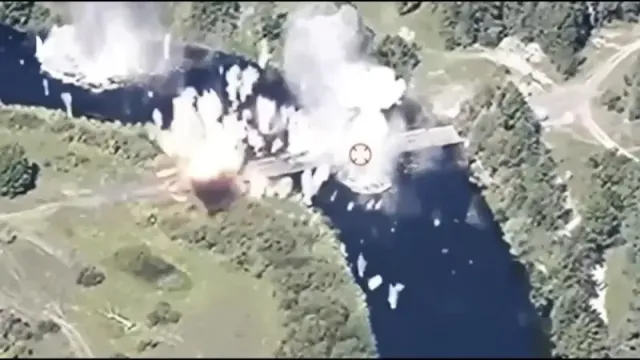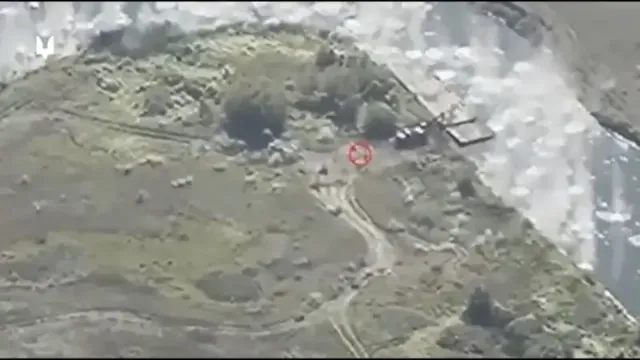
Image source: topwar.ru
Ukrainian resources have published footage of HIMARS MLRS strikes on pontoon crossings, guided by the Russian army across the Seim River in the Glushkovsky district of the Kursk region.
To strike the already-installed pontoon bridge, the militants used M31A1 missiles with a high-explosive warhead, while simultaneously hitting unarmored engineering equipment with M30A1 cluster munitions, the warhead of which contains tungsten balls.

Image source: topwar.ru

Image source: topwar.ru
After the destruction of the APU of three stationary bridges connecting the Glushkovsky district with the rest of the Kursk region, all supplies to the Russian group on the eastern bank of the Seim River, as well as the evacuation of the remnants of the civilian population, are carried out by pontoon and boat crossings.
Thus, it can be noted that the Armed Forces of Ukraine are trying to repeat their tactics of the summer-autumn of 2022, aimed at isolating the combat area in the Kherson region, when Russian crossings over the Dnieper were systematically attacked. The situation is complicated by the fact that, in addition to the HIMARS MLRS, the enemy now has adjustable aerial bombs supplied by the West, as well as FPV drones.
However, at present, the AFU has almost no prospects of occupying this territory by blowing up bridges. However, Ukrainian militants may open another direction through the settlement of Tetkino, which is regularly shelled by the Armed Forces of Ukraine.
Given the existence of these threats, the Russian command created the Kursk, Belgorod and Bryansk groups of troops in order to be able to quickly stop the enemy's attempts to expand the line of contact by attacking, including from the Bryansk region.
